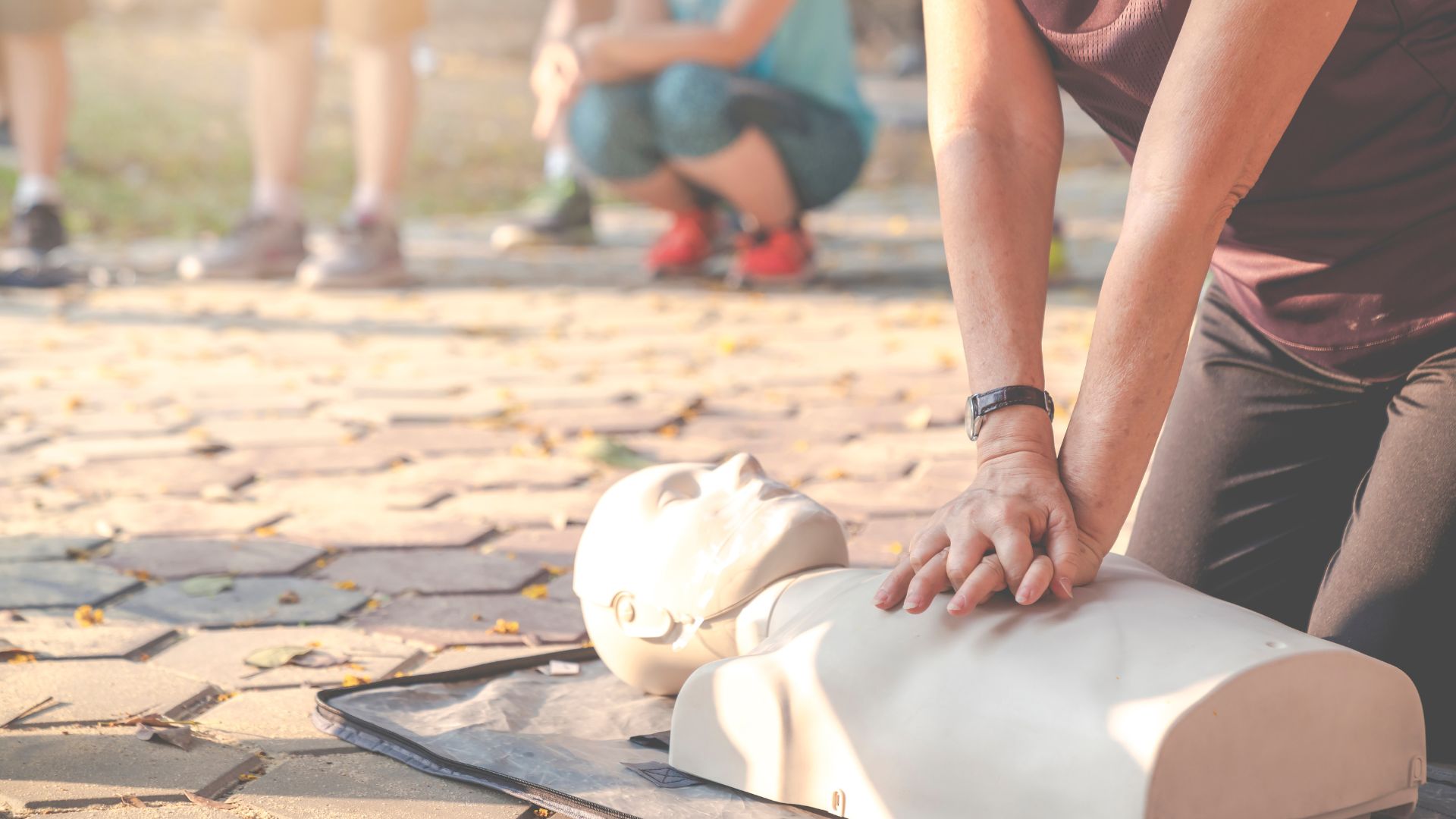
Cardiopulmonary resuscitation (CPR) is a life-saving technique used in emergency situations when a person’s heart has stopped or they are not breathing. The importance of timely CPR cannot be overstated, as it significantly increases the chances of survival. However, knowing when to initiate CPR is crucial for maximizing its effectiveness. In this blog post, we will explore the key indicators that help identify the right moment to perform CPR, ensuring that you have the knowledge and confidence to respond effectively during critical situations.
Unresponsiveness
The first and most obvious sign that someone may require CPR is their unresponsiveness. If you come across a person who is unconscious and does not respond to your attempts to wake them up by tapping their shoulder or asking if they are okay, it is time to act. Check for signs of breathing by observing the rise and fall of their chest, and listen for any gasping or abnormal sounds. If there are no signs of breathing or only occasional gasps, this is an indication to start CPR immediately.
Absence of a Pulse
Another critical factor to consider when deciding to initiate CPR is the absence of a pulse. Even if the person is unresponsive, it is essential to check for a pulse before commencing CPR. Place your index and middle fingers on the side of the person’s neck, feeling for the carotid artery. If no pulse is detected within a span of 10 seconds, it is crucial to begin chest compressions right away. The combination of chest compressions and rescue breaths helps to circulate oxygenated blood throughout the body, increasing the chances of survival.
Agonal Breathing
Agonal breathing, characterized by gasping or labored breathing, is often mistaken for regular breathing. However, it is a clear sign that the person’s heart and lungs are not functioning adequately. If you encounter someone who is unresponsive and exhibiting agonal breaths, do not assume they are breathing normally. Agonal breathing is not sufficient to sustain life, and CPR is necessary to provide the vital oxygen supply to the brain and other organs. Remember that even minimal breathing or gasping should not deter you from initiating CPR. Prompt action can be the difference between life and death.
Drowning or Emergency Medical Situation
Certain circumstances, such as drowning, require immediate CPR, regardless of the absence of other visible signs. In these situations, the person may still have a pulse, but their breathing may be compromised or absent. Oxygen deprivation can lead to irreversible brain damage within minutes, underscoring the urgency of starting CPR promptly. If you witness someone submerge in water or suspect a medical emergency, call for emergency assistance and begin CPR immediately. These situations demand swift action to maintain oxygen flow and prevent irreversible harm.
CPR – Increase Chances of Saving a Life
Performing CPR at the right moment can be the difference between life and death. Recognizing the key indicators, such as unresponsiveness, absence of a pulse, agonal breathing, and specific emergencies, is crucial for initiating CPR promptly and effectively. In any emergency situation where there is doubt about whether to start CPR, it is always better to err on the side of caution and begin chest compressions. Remember, CPR can double or triple the chances of survival, and your timely intervention may save a life. Stay informed, practice your skills, and be prepared to act when the need arises.